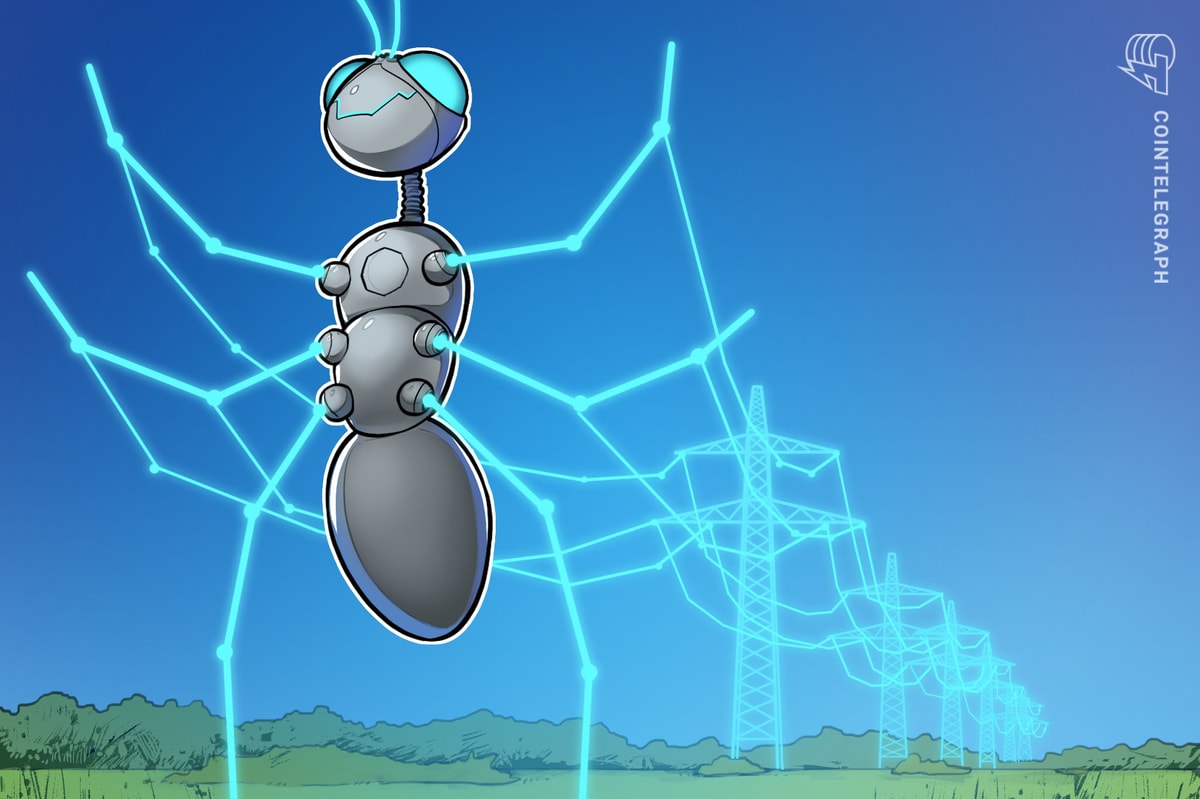
Canada’s energy sector is facing a challenging economic environment. As in past commodity price cycles, innovation holds the promise of renewal.
Sharply lower energy commodity prices have dramatically compressed levels of upstream activity, employment and capital investment. Fundamental changes in commodity supply dynamics, climate change policy initiatives and pipeline constraints have contributed to a highly uncertain definition of “price” recovery.
World-leading innovation has always been a hallmark of our energy sector. Drilling technologies, seismic analysis, enhanced recovery and bitumen exploitation are some headline areas where our sector has revolutionized industry practices. The new economic challenges have sharpened the sector’s focus on driving operating efficiencies and cost reduction through innovation. Everything from new remote sensing to edge computing and from enhanced data analytics to cloud solutions are being evaluated and implemented to retool and re-cost the sector’s operating model. We’re seeing a lot of movement in the mining and energy sector demonstrating blockchain technology’s enormous potential to contribute to this retooling. This post aims to summarize these movements and demonstrate how blockchains can impact upstream and downstream operations.
Since its origin as the platform for Bitcoin, blockchain technology has emerged a potential disruptor for global financial services. With a projected industry savings of up to $20 billion by 2022 achieved through disintermediation and infrastructure efficiency, it is no surprise that 80 percent of the world’s largest banks will have initiated blockchain projects by the end of 2017. In capital markets alone, blockchain initiatives will have received as much as $1 billion in investment in 2016. The World Economic Forum has predicted that by 2027, 10 percent of global GDP will be transacted on a blockchain-based system. The financial services industry is taking this technology very seriously, and other industrial sectors are taking notice. Recent use cases for blockchain technology also show revolutionary promise in the area of supply chain management.
In the mining sector, the world’s largest mining firm by market value, BHP Billiton, announced in September 2016 that it plans to use blockchain technology to record movements of wellbore rock and fluid samples and to further secure the data that is transmitted during delivery. Mining companies coordinate with numerous vendors at nearly each step in the mining process. The effective coordination of these vendors is essential to drive key business decisions. At the Blockchain Summit in Shanghai, Tyler Smith, blockchain project manager at BHP, explained that with blockchain technology, data can be shared between the extraction rig, analysts, engineers and laboratories, creating accountability and a constant understanding of where a sample is; therefore replacing the current system in which samples worth up to $100 million are inefficiently tracked through email and spreadsheets. BHP plans to begin requiring vendors to use this technology to collect live data by the end of 2016.
As we move into automating the supply chain, one innovator in particular has focused on pairing blockchain technology with another emerging technology — the Internet of Things (IoT). Filament, a wireless network startup, is building what they believe is the next generation of industrial network technology. By pairing leading edge sensors with a decentralized network, powered with autonomous smart contracts, Filament is creating an industrial network where devices can securely communicate, exchange value and automatically execute actions.
Upon sensing that it requires a new key piece of machinery, based on predefined conditions, a remote drilling rig outfitted with Filament's “Tap” sensors could automatically ping an autonomous drone to deliver the replacement part to the remote location. As the number of connected devices exchanging value among themselves increases exponentially, this network with its consensus-driven ledger will become more powerful and more secure, enabling it to create the next generation of commerce.
Another innovator, Skuchain, based out of California, is seeking to upgrade the entire supply chain network by utilizing blockchain technology to facilitate document transfers and payments, while using smart contracts to automatically execute these functions. In essence, Skuchain envisions an interconnected supply chain where all parties transact on a shared ledger that can automatically execute functions based on predetermined conditions (for example, automatically sending funds upon the signal that goods have been received at their destination and have met the predetermined criteria).
We’ve discussed different ways parties in the supply chain can use blockchain technology; however, the front-end usability that connects the blockchain to the user is also crucial. For example, Factom, a blockchain startup focused on record management, has created a scalable layer on top of the Bitcoin blockchain to create “proof of existence” for all records placed on the network. Factom has partnered with financial institutions, legal firms and governments to explore the potential of immutable records management. This solution could be used for land registries, birth certificates, mortgages and invoices.
To illustrate the front-end simplicity of a document management blockchain solution, Deloitte Netherlands created a prototype that places warranties onto the blockchain. To enhance usability of such records management applications, a front end enables users to simply scan a QR code on the product warranty slip from within the Messenger app, using a chatbot to upload it onto the blockchain. Users can then interact with the chatbot to receive details about the warranty, find retailers to fix the product or transfer the warranty to a buyer. Imagine this simple, mobile user experience in place at each step in the supply chain, with each party uploading their data, documents and records into an immutable ledger.
As we move downstream, we see peer-to-peer markets popping up. For instance, a joint venture by ConsenSys and LO3 Energy dubbed the TransActive Grid illustrates blockchain technology’s potential for revolutionizing energy distribution grids. This grid platform enables homeowners with solar panels to sell surplus power on a local “Transactive Microgrid” peer-to-peer market. This market is built on existing utility infrastructure and future smart meters but introduces an integration with the Ethereum network. By using smart contracts run on Ethereum to tokenize surplus power, individual solar producers can sell surplus renewable energy directly to their neighbor, bypassing the markups and fees charged by their utility providers.
Proof of concepts (“POCs”) developed in partnership with international banks, multinational companies, governments and startups that are focused on solving supply chain inefficiencies are gaining traction and interest across the energy sector. These partnerships are essential to create value-driven prototyping efforts that can be effectively scaled into production.
Borrowing the lessons learned from the financial services industry’s foray into blockchain experimentation, in order to successfully identify initial high-value use cases and coordinate activities across multiple partners and intermediaries, blockchain education is an essential first step. Due to its nascent stage of development and technical complexity, the basic understanding of the applicability of blockchain technology is not yet mainstream.
If history can serve as an example, educational sessions with energy sector executives, supply chain leaders and industry associations to establish a common knowledge base of blockchain fundamentals will enable the discovery of well-defined use cases that address real business needs.
The next step in the innovation cycle is to develop a POC; through rapid development, iterations and failures, a robust prototype can be built to evaluate its effectiveness and feasibility as a solution. These POCs should be focused on solving problems that align with blockchain technology’s value proposition, and which can be built and tested rigorously in a low-risk environment, with the ultimate goal of moving from experimentation to meaningful pilots and eventual deployment in production environments.
For decades the Canadian energy sector has embraced technological innovation to improve cost structure, enhance extraction of reserves and increase corporate resilience. Blockchain technology has the potential to become the fundamental innovation that streamlines supply chain processes, executes contractual agreements, optimizes trade finance and powers autonomous commerce in the energy industry of the future.
This guest post was written with contributions from Iliana Oris Valiente (CPA, CA, CBP). Oris Valiente is a co-founder and strategy leader of the Rubix by Deloitte blockchain practice, a team building blockchain-based applications using multiple technology stacks. She is widely credited for being a trailblazer in the blockchain space, having been among the first to recognize the tremendous impact of this “traditionally hacker” technology on the enterprise world. Her focus has been on exponential technology and bridging the gap between the corporate world and the startup communities.
Opinions stated in this guest post are those of the authors and should not be construed to represent the opinions of their employer or of Bitcoin Magazine.










